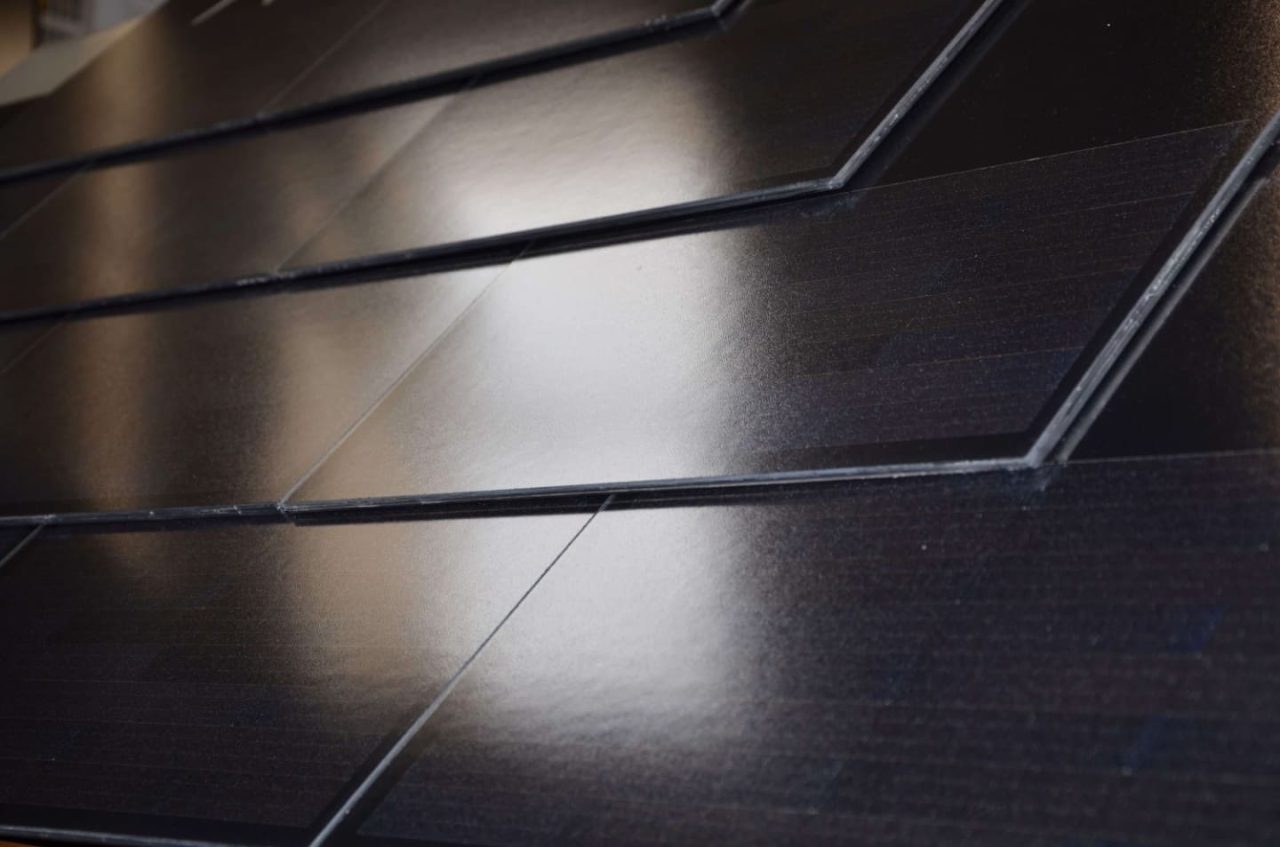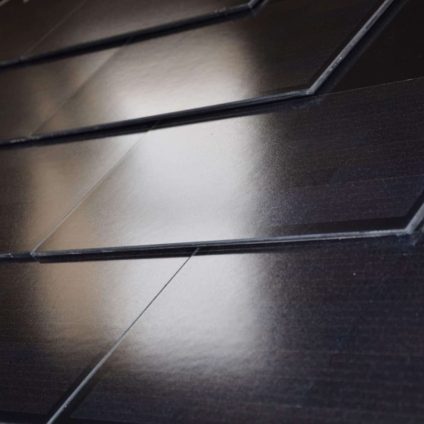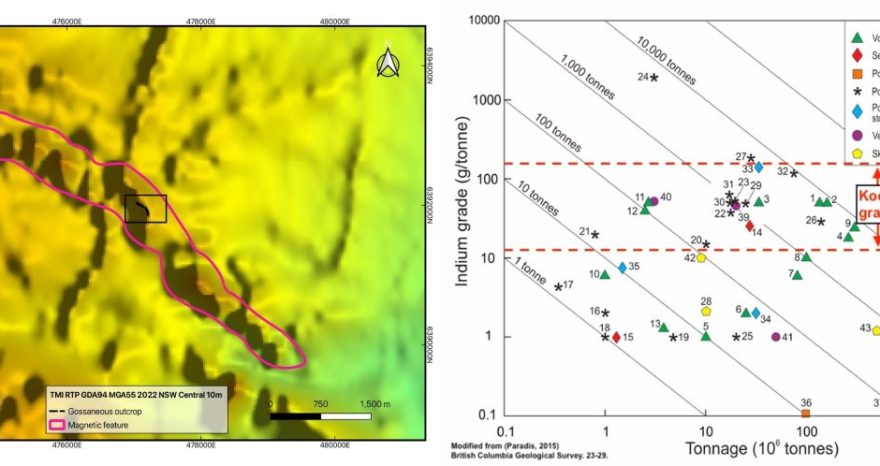Shadow-resistant solar roof tiles debut at Intersolar, thanks to Matrix Shingle technology from Fraunhofer ISE and Freesuns

At the Intersolar trade fair, Fraunhofer ISE unveils the results of the SPHINX project, featuring groundbreaking building-integrated solar elements based on Matrix Shingle interconnection technology.
The new integrated solar solution from the SPHINX research project
Lightweight, efficient, and modular, yet above all, reliable and quick to install. These are the innovative solar roof tiles developed by the Fraunhofer Institute for Solar Energy Systems ISE under the SPHINX project, now on display at Intersolar in Munich.
What sets them apart? A revolutionary Matrix Shingle interconnection structure.
Matrix Shingle technology
Inside each tile, solar cells are arranged in alternating strips that resemble traditional roof shingles. These strips are connected using electrically conductive, lead-free adhesives. Thanks to their overlapping layout, the cells are electrically linked both in series and in parallel.
This configuration allows shaded areas to be bypassed automatically, ensuring continued performance even in partial shadow. Additionally, the matrix-style interconnection covers the entire tile surface uniformly, resulting in a 4% higher energy conversion efficiency compared to conventional half-cell modules using wired connections.
“Matrix Shingle modules are ideal for integrated applications, especially on building façades and, as shown here, as solar roof tiles,” explains Torsten Rößler, project manager at Fraunhofer ISE. “In these cases, optimal space utilization, shade tolerance, and appealing aesthetics become especially important.”
First pilot line for the new solar roof tiles
To move from concept to production, the research institute partnered with manufacturer Freesuns to build a pilot production line for solar roof tiles at Module-TEC in Freiburg. The facility aims to produce 4,000 tiles using Matrix Shingle technology before entering large-scale commercialization.
Since March 2025, 800 solar tiles have already been manufactured, each measuring 450 x 510 millimeters. These consist of glass-glass modules with TOPCon solar cells interconnected in a shingled matrix layout.
“By producing the first Freesuns Matrix tiles at Fraunhofer ISE’s Module-TEC, we’re advancing the production process and showcasing the major benefits of this technology,” says John Morello, founder and CTO of Freesuns. “Our product development focuses especially on retrofitting existing buildings, including historical structures.”
Learn more about Matrix Shingle technology.












